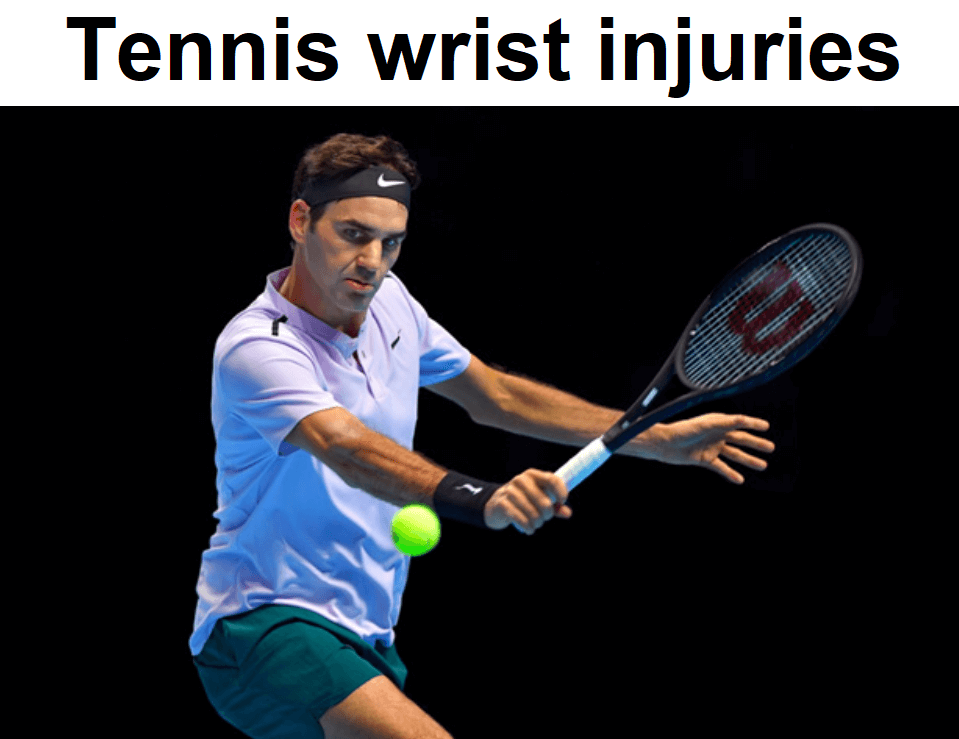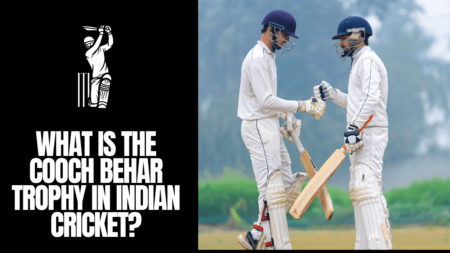

Former US Open champion, Juan Martin Del Potro made his return to professional tennis after a long break as he suffered from wrist injuries in both hands. He had gone through four surgeries of the wrists. Just like del Potro, other tennis players frequently come in the news for suffering from wrist injuries and forfeiting the match from in between. So what is it that makes a tennis player’s wrist so vulnerable to injuries?
To begin with, let us understand where exactly on the wrist do players complain of pain. The pain is generally accompanied with swelling and redness, usually at the ulnar, i.e., the pinkie side of the hand. Underneath, the bone and the muscles are connected to each other by tendons. These tendons get inflamed, leading to pain. The condition is known as tendonitis, with the most common type that affects the tennis players is named DeQuervain’s tendonitis.
Three factors come into light while considering the cause behind tennis players’ wrist injuries.
1) Stroke technique
Wrist injuries occur more commonly in players who use the two handed backhand. The injury usually occurs in the non-dominant hand. When the ball makes contact with the racquet, the main idea of the player is to incorporate some topspin into the shot. But while doing so, the players use a false technique leading to a shift in equal force distribution in the lower limbs and the trunk apart from the hands. This leads to overload in the non-dominant hand causing micro-tearing of the tendons. The onset of the pain that follows can be delayed or instant and can last for days, weeks or even months.
2) Gripping the racquet
Very often tennis players use extreme grips causing an increased pressure on the wrist while hitting the shot. A few others hit the stroke by making the wrist as the primary source of generating force in their shot. What players should remember is that while playing a shot a chain of load distribution takes place in the body. From the hands, to the lower extremities to the trunk the load gets transferred thereby maintaining the body’s equilibrium.
3) Racquet selection
The weight of the racquet and the size of the grip is definitely a factor to be considered while considering wrist injuries. What other major factor to be considered is the type of string used in the racquet. Tennis professionals used the gut strings due to their elasticity and tension stability. Later, synthetic guts were fabricated for better durability. Based on the player’s ability and game play, the players select from nylon, polyester and multifilament strings, all of which are types of synthetic strings. The lower the tension, the longer the ball will stay on the strings. Due to this, there will be increased rotational forces on the racquet, which will transfer to the wrist, causing strain.
The initial precaution to be taken is by cooling wrist with ice and stabilizing it with a wristband. Whether or not to undergo a surgery will be based on how severe the condition is. If a surgery is performed, then it might take 10-12 weeks for complete recovery of the player.
During the recovery phase, the player’s main focus should be on regaining the strength of the wrist. This is done by performing basic physiotherapy. Grip strength can be improved by compressing an older and softer ball and repeating it in multiple sets. Coming back on the court, the player should start by first practicing baseline forehands and backhands and gradually moving on to hitting volleys and cross-court shots. Push-ups should be avoided and the player should take special care in selecting the proper grip and shot to be played.




